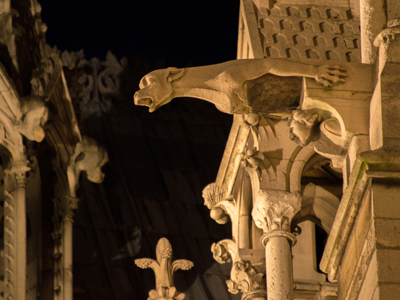
Catholicism - The Church
This GCSE RE quiz on Catholicism looks at the church. Nowadays the word ‘church’, to many English-readers, probably most instantly connotes a fairly substantial traditional building; perhaps vague memories of a few occasional, sentimental, mysterious &/or boring obligatory visits inside one; and maybe, by extension, the belief system and hierarchy that go with the people at the building (probably also with a sense of resentment that the church ‘regulars’ are stern, humourless, opinionated, exclusive, dismissive or whatever). Anyone who thinks that way from the word ‘church’ is probably not too fussed about the range of traditions, denominations and architecture.
But if you had been that iconic early missionary St Paul (himself, dramatically converted from persecuting Christians), arriving ~ let’s say ~ off a ship to visit, or even found, a believing community: and if you had asked quietly, ‘Where’s the church?’, you would not have been taken to such a purpose-built structure.
Ready for more?
not all...
quizzers. Try to win a coveted spot on our Hall of Fame Page.







